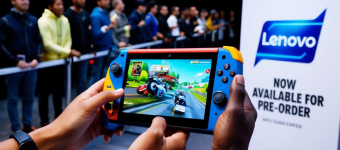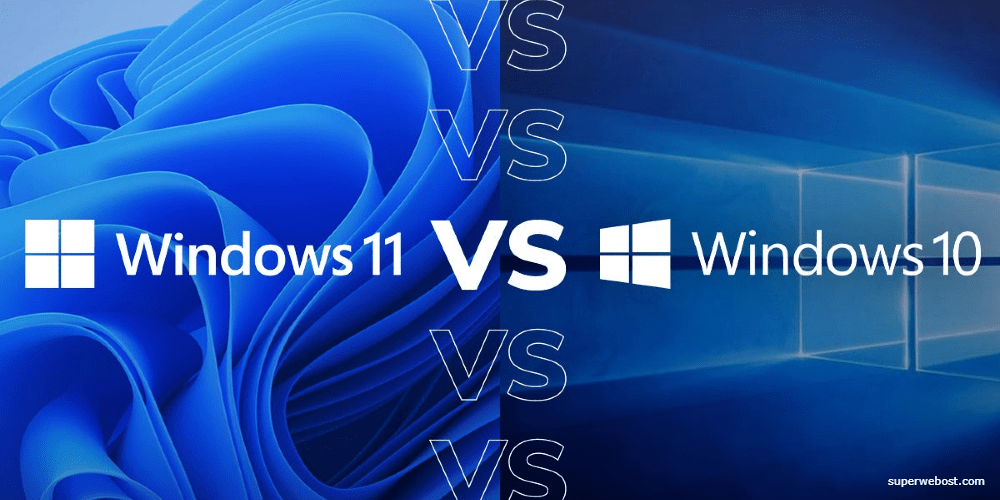
Windows 10 vs. Windows 11: Is it Time for an Upgrade Yet?
- 25 Sep 2023
- Germaine Pieper
Windows 10 has remained a favored choice for many users since its introduction due to its refreshed design and novel features, including the Microsoft Store. Despite the more modern appearance of Windows 11, many stick to the familiar Windows 10.
Several users are justifiably hesitant about moving from the trusty Windows 10 to Windows 11 due in part to their high system demands, restricting some older hardware. Furthermore, repeated reports of bugs in the new system can potentially disrupt work processes.
Still, the countdown to the end of Windows 10 is underway, and ignoring Microsoft's assertive efforts to get users to convert will become increasingly challenging. Windows 10 will soon stop receiving security updates and support, virtually compelling users to upgrade.
For businesses and heavy-duty users, it might be prudent to delay the transition until Windows 11 becomes more established. However, everyday users might have to make peace with the merits and challenges of Windows 11, as opposed to the soon-to-be-obsolete Windows 10, in due course.
Transitioning can be challenging, but upgrading Windows is unavoidable. Suitable tread carefully, you can start planning for Windows 11 transition now, timing it based on your specific requirements.
Reasons for Upgrading to Windows 11
Even though Windows 10 will continue to receive development and support for two more years, the move to Windows 11 has its charm.
While the extensive redesign can be initially overwhelming, adjusting certain settings can make it feel like a natural extension of the previous OS. Additionally, some new features in Windows 11 are particularly appealing for gamers.
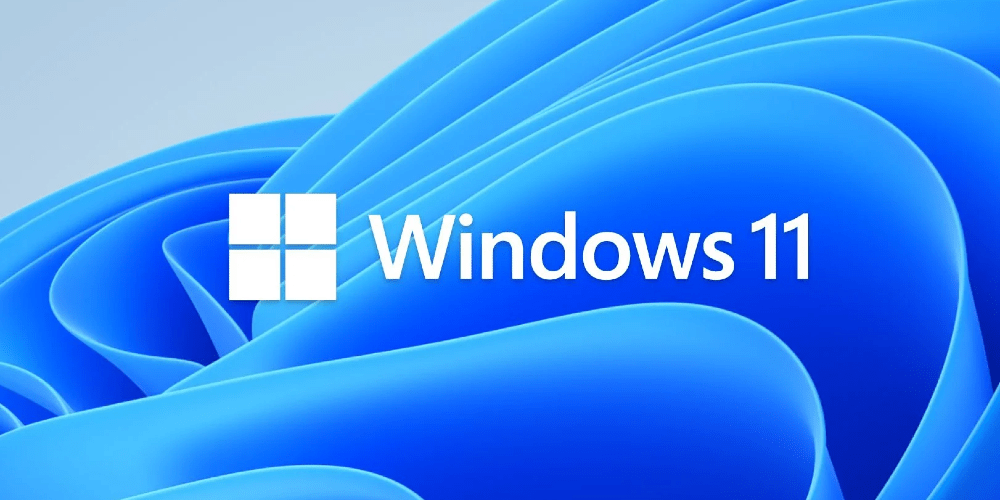
Android Subsystem integration allows you to emulate mobile applications directly on Windows 11 without the need for third-party apps like Bluestacks. For example, your favorite mobile game can now be played on a larger desktop screen, promoting better comfort and usability.
Plus, Windows 11 comes equipped with AutoHDR, improving the visuals on compatible monitors. The new DirectStorage API, while not perfect, has the potential to boost game performance by tapping into the full potential of your NVMe drives and shifting the load from the CPU to the GPU for decompressing game files.
Windows 11 also simplifies multitasking with features like multiple desktops and a more user-friendly workspace layout.
Can Your Machine Handle Windows 11?
Running Windows 11 requires at least an 8th-generation Intel or Ryzen 2000 series AMD processor with an active TPM 2.0 security module. Microsoft initially announced that a large percentage of existing hardware would not support Windows 11. However, devices that do not meet these requirements can still run Windows 11 using a workaround.
Visual Innovations in Windows 11
Windows 11 symbolizes a significant aesthetic shift for Microsoft. The biggest transformation is arguably the centered positioning of the Taskbar and Start menu, giving it an appearance reminiscent of macOS and ChromeOS. Although it's customizable, you can relocate it to the left of your display.
However, if you prefer your Taskbar at the extremities of your screen, there's unfortunate news. Windows 11 confines the Taskbar exclusively to the bottom. Notwithstanding, paid third-party applications, such as Start11, offer alternatives.
Beyond these primary visual alterations, Windows 11 presents rounded window corners, revamped app icons, and unique Fluent Emojis that are exclusive to this OS. Moreover, there are a host of minor feature additions, such as live captions for your browser and customizable notification settings through Focus mode.
Particular attention has been given to the File explorer. The most recent update delivers tabs, along with the rumor of a major design overhaul in 2023 intended to integrate Microsoft services and OneDrive.
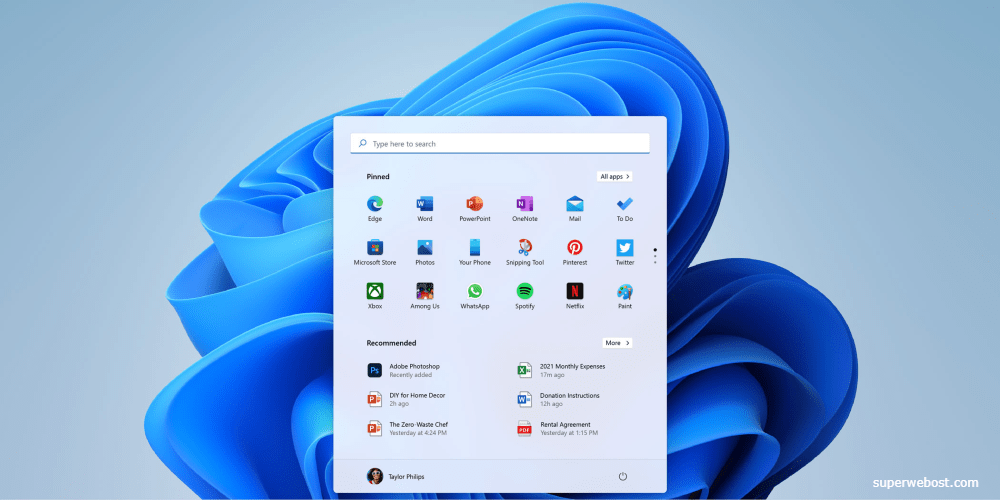
Redefining the Start Menu and Taskbar
The Start menu and Taskbar are the most evident dissimilarities between Windows 11 and its predecessor, Windows 10. Starting with the more simplistic Start menu in Windows 11, where you get a static list of applications along with your most accessed documents below. The removal of Live Tiles contributes to a cleaner interface in this new version.
Moving on to the Taskbar, Cortana functionalities have been eliminated, and the search box has been minimized to an icon in Windows 11. In contrast, the new addition is a designated Teams icon directly accessible from the Taskbar.
Further, the news and interests attributes have been migrated to the screen's left and formed into Widgets, offering updates on news, weather, sports scores, traffic, etc.
Windows 11 also introduced Virtual Desktops for segregating workspaces according to activities.
Transforming Tablet Mode
Windows 10's conventional full-screen Start menu tablet mode was replaced in Windows 11. Instead, Windows 11 acts more like an iPad, optimizing touch functionalities whenever your device switches to tablet mode. With new gestures for window management and Start menu accessibility, these features significantly enhance Windows 11 devices like Asus ROG Ally.
Plus, Windows 11 extends pen functionality with support for up to four app shortcuts and an improved voice navigation system that arguably permits voice control of the entire OS.
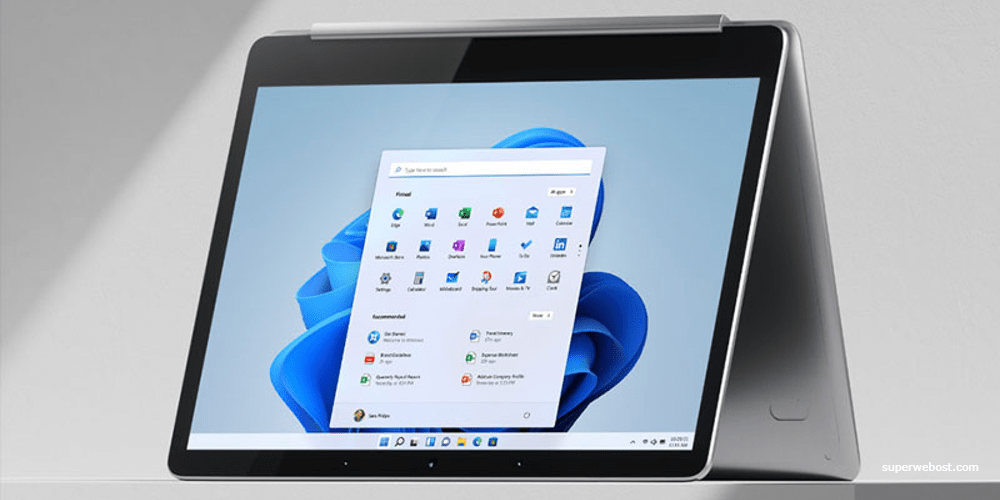
Streamlined Performance
Windows 11 offers superior performance with better memory management and data suspension while sleeping, enabling faster wake-up times compared to Windows 10. Further performance enhancements include boosted SSD speeds introduced via updates since Windows 11's launch.
Windows 11 arguably operates more swiftly than Windows 10, although the differences might not be noticeable during regular usage. Still, Windows 11 execution optimizations ensure smoother operation on less powerful laptops.
Improved Collaboration Features for Remote Work
Windows 11 shines for remote work with collaboration enhancements such as background blur, eye contact adjustments for meetings, and automatic framing features, which are absent in Windows 10.
Also, Windows Copilot, an AI assistant built into Bing Chat, has been integrated into Windows 11 but not its predecessor. With AI being a central focus for Microsoft, Windows 11 is expected to get additional AI features, such as AI-assisted wallpapers responding to mouse movements. It's unlikely these future additions will make it back to Windows 10.
Is Windows 10 Still a Good Option?
Windows 10 is still a strong contender, even without the latest features. The OS will continue to work effectively even after 2025. The major issues that initially affected the system have since been resolved. However, it would be advisable to upgrade once Windows 10 reaches the end of its life cycle to avoid potential security issues.



